Part II
"The Descent"

Steve's glory from the summit (photo by Steve Machuga)
Josh and Matt had told us that it took them about one and half hours to get back to the notch from the summit using the East Ledge descent. They said it was five rappels and then there were cairns on each rib on the traverse back. Most people avoid this descent because as Nelson states "climbers find this 3rd and 4th class descent route to be loose and stressful." Josh and Matt gave us confidence that we should have no problems with it. Plus at 7pm our only other option was to continue down the west ridge, which could not have been faster. If all went well, we should be back at the notch before the sun set.
Steve belayed me quickly back to the summit rap anchor. This was a mess of old slings on a horn on the ridge. The horn appeared sound enough, but we decided to add a sling as all the slings seemed old and tattered. The first rappel appeared to be the steepest. And we could see the next two rap stations from there.
I headed out first careful not to put too much weight on the anchor. About halfway down, Steve yelled to hurry up as it was 7:20pm. We made it to the next anchor which was no less scary than the top anchor and proceeded to rappel. A few raps down and we had difficulty finding the next rap stations. Steve led off on the next rap while I stashed the rack in the pack. By the time we were done with five raps it was a little dark and we could not see any cairns on the first rib. A lot of the beta and the climbeing ranger stated that the big mistake most people make is not descending enough. So, we made a sixth rap.
Still no sign of a cairn on the rib, we decided to head east. Perhaps we'd see it on the next rib? While not fully dark, it was a little too dark to see anything resembling a ledge that is what the route is supposed to traverse. So we carefully picked our way east as the sun set on us. We headed to what appeared to be a cairn on perhaps the second rib over but the ground got too difficult to reach it. (So we assumed it was not correct.) We saw a rap anchor nearby and were able to reach that. Anchored in, we rested our minds a bit, but wanted to keep moving. Now under head lamp, we made another rappel. Steve liked what he saw at the bottom and told me to come down. Once at the end of the rope, there were some larger, more comfortable ledges to stand on. We eyed the next rib and saw easier terrain going to it. We headed toward it.
Once on the rib, we identified a cairn. We were on route. But now it was dark and losing the route could be easy. The terrain and especially the ribs were rocky with many horns and blocks. A cairn could easily hide among all the other spikes on the rib. We continued slowly eastward toward the next rib. The night scrambling was stressful. We took a few minor breaks on larger ledges to rest our brains and take in the beauty of the sky. Unfortunately, there were no spots suitable for a bivy. No ledges were large enough to really sit or lay on, and none offered anchors to tie into. With a possibility of rockfall, our safest option was to keep moving off this technical terrain.
We neared the next rib and could see what looked like a cairn. But by headlamp it could also have been just a horn. We discussed it a bit. Then we headed toward it. It was yet another cairn. We were still on track!
We attempted to maintain a level crossing to the next rib. Going was slow. We kept looking up to the ridge to see if we were under the "solitary gendarme" that marks the start of the route. We reached the next rib to find another cairn. We were still on route and we appeared to be under the gendarme. Time to head up.
Having talked to the ranger and Josh and Matt they all stated that most people take the gully back up to the notch, but that it is preferred to stay on the rib just west of the gully as it is easier terrain. But where we were currently the gully offered the best terrain and we started our upward climb on grassy ledges and blocks. People had clearly been this way, but it did not necessarily look like a well traveled path. After some distance upward, we regained the rib again as that offered easier terrain. We were getting excited. The climbing was getting more stressful. The last bits to the ridge crest were probably low 5th class that we had to solo to make it to the top. Once there, our hearts sank. We headed up too early. We were at the location that marked the end of our fourth pitch earlier that day. (Or technically the day before.)
It was around 1:30am and we had four pitches to climb to return to the relative safety of the notch. We were out of water and hadn't drank any in hours. Nor would we be anywhere soon where we could replenish. We could build an anchor and huddle together until daylight, or we could climb out while we still were running on adrenalin. We sat about a bit admiring the stars and lights of Bellingham before making a decision. (Who knew you could see Forbidden from Bellingham?) The ridge was cold and windy, we wouldn't get any real rest, so we decided to climb. We both felt relief to finally be anchored back into the mountain again.
Steve suggested we lead the same pitches we led earlier as we may remember them. (It seemed like a week ago that we were on the ridge in the daylight. It made our South Early Winter Spire climb seem like last month!) I told him I remembered this pitch to be exposed. He told me it wouldn't matter as you couldn't feel the exposure in the dark.
So I took the rack out of the pack and racked up to lead a pitch on the ridge in the dark. As my headlamp illuminated the terrain it came back to me. Climb over this horn, traverse this rib, over another horn. I was determined to get it done. I stumbled upon the anchor where Steve belayed me on the pitch earlier. It was a sling someone left there. (Perhaps from retreating?) I backed it up with a cam set in what appeared to be a solid crack and yelled "Steve, off belay!" Later we would find it funny that we were using our names being the only people on the mountain. I brought Steve in and we contemplated the next pitch.
We were on top of the first large gendarme on the route. The way off was a steep 5.7 downclimb. We couldn't exactly see which way would continue on the ridge or start us down the face. Luckily for me it was Steve's turn to lead out. Unluckily for me it meant that I would follow the downclimb, which means I would have the danger of leading it. I told Steve to place gear early and often. He led off down the gendarme and off to where his headlamp darted about a bit here and there. Steve was low on gear and trying to build a suitable anchor. After a while of his headlamp darting, he finally yelled "off belay." And I was on my way.
When we were both on top of the gendarme, we contemplated numerous scenarios to get down it. One of which was both of us rapping off the anchor on top. (I told him I didn't like the anchor enough for that.) Another was for him to lead off on the down climb and for me to set up a top rope on the anchor to down climb it. This still relied on the top anchor too much and would also mean leaving gear. A similar option was to rappel off the top anchor after Steve down-climbed the pitch. If the top anchor failed, the top piece of gear should hold my fall. Well, we (or was it I) decided that downclimbing made the most sense. Assuming I didn't fall, there would be no reliance on gear. So I started down.
The climbing down the gendarme was marked by short difficult moves with good stances to finish. Steve placed gear so I would be roughly at a piece for the more difficult moves and should be able to still reach high to remove the gear at the good stances. I got to the first piece, a slung horn, and downclimbed below it. I had difficulty removing it and was about to leave it when I finally had success. Down to the next piece I continued. This continued for a bit until I got to a large slung block. Steve yelled up, "Leave the triple if you have to." I pulled the carabiner off the sling and used it as a hold to climb the next section. A few more lower angle moves and I was at Steve's position ready to continue.
I took what he had left of the rack and didn't bother to trade out the backpack and I continued down. The going was steep. I didn't remember this as well as the previous bits. Then I found a rock with a scar on it that Steve "was heading for" on his first pitch the previous day. I was on track. A bunch of steeper moves and I was back at the belay from the top of our first pitch. I brought Steve down and he arrived at my location with the sentiment that down climbing is hard. Yes, especially in the dark. We discussed where he should head. (We both figured walkable terrain was not too far below us.) And he headed out.
After a few slower moments I was paying out rope quickly. Steve reached walking terrain. Now he had to find an anchor. He built an anchor and belayed me in. We were back at the notch with our stashed gear.
It was around 4:30am and we had been moving for 22 hours straight. Shortly after reaching the notch we heard rock/icefall lower down. We decided to wait until daylight to continue. It was nice to be out of rock shoes for the first time in 19 hours. We put all our clothes on, and just hung out at the notch, glad to be on safer terrain.
My pics are here.
 Every time we visit Ringling, I want to visit the car museum but we just haven't managed to get there until now. I love classic cars. In fact, I love them more than the guys in the family do. So Nathan humored me to visit here, and Austin opted out and stayed in the front lobby and ate ice cream.
Every time we visit Ringling, I want to visit the car museum but we just haven't managed to get there until now. I love classic cars. In fact, I love them more than the guys in the family do. So Nathan humored me to visit here, and Austin opted out and stayed in the front lobby and ate ice cream.  Well, that's not true...before he sat and ate ice cream, he did humor me with one photo op picture:
Well, that's not true...before he sat and ate ice cream, he did humor me with one photo op picture: He has been pestering us about driving since he obtained his learner's permit, so I teased him that he could drive that car anytime he wanted to! Back to the museum...this is the second oldest continuously running car museums in our nation. There are over one hundred cars inside. They had a fabulous collection.
He has been pestering us about driving since he obtained his learner's permit, so I teased him that he could drive that car anytime he wanted to! Back to the museum...this is the second oldest continuously running car museums in our nation. There are over one hundred cars inside. They had a fabulous collection. The very best part of it all was the unexpected surprise that had Austin kicking himself for not wandering past the lobby. There were four Beatles cars there! So cool to find that here!
The very best part of it all was the unexpected surprise that had Austin kicking himself for not wandering past the lobby. There were four Beatles cars there! So cool to find that here!
 I loved this place! So glad we did make it inside today.
I loved this place! So glad we did make it inside today.











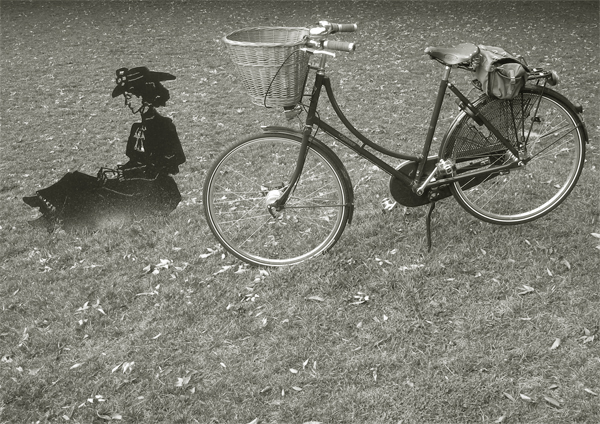 It was a sepia sort of afternoon. We were cycling through Cambridgeport, when
It was a sepia sort of afternoon. We were cycling through Cambridgeport, when 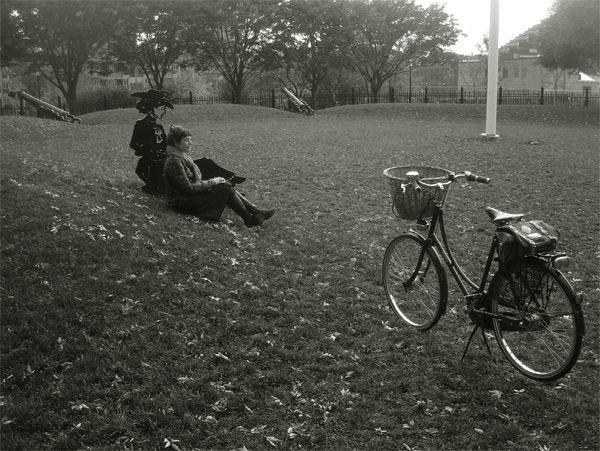 We decided to join her.
We decided to join her. The Co-Habitant proceeded to inspect the weaponry, lest the ladies require protection.
The Co-Habitant proceeded to inspect the weaponry, lest the ladies require protection.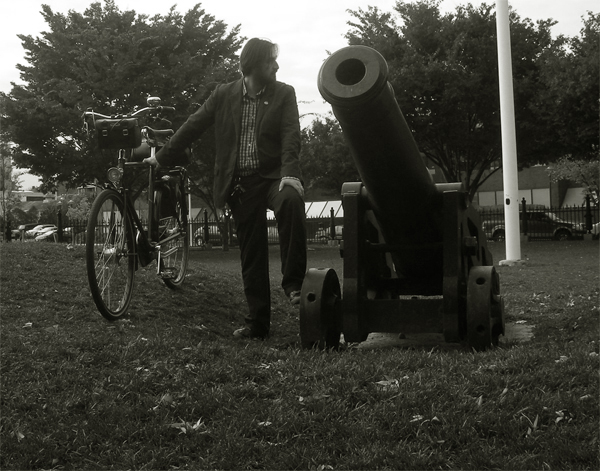 Satisfied that all was in order, he assumed a post of vigilance. The ladies watched him with delight as they engaged in polite conversation.
Satisfied that all was in order, he assumed a post of vigilance. The ladies watched him with delight as they engaged in polite conversation. In case you are wondering, this was shot in the Fort Washington Park in Cambridgeport - the site of one of the cannon emplacements used during the siege of Boston in the American Revolution. Once in a state of dilapidation, the park has recently been restored and made accessible to the public.
In case you are wondering, this was shot in the Fort Washington Park in Cambridgeport - the site of one of the cannon emplacements used during the siege of Boston in the American Revolution. Once in a state of dilapidation, the park has recently been restored and made accessible to the public.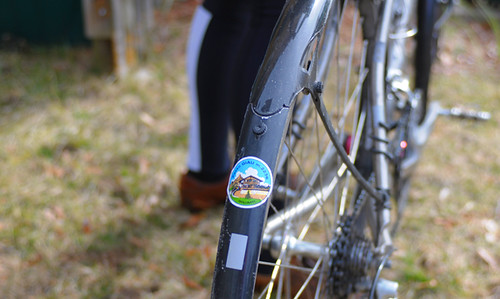
 I tried several different shutter speeds and setting trying to get a shot of the sun with all the smoke in front of it to come out the firey red that it looked like to me, but it just wouldn't come out.
I tried several different shutter speeds and setting trying to get a shot of the sun with all the smoke in front of it to come out the firey red that it looked like to me, but it just wouldn't come out.

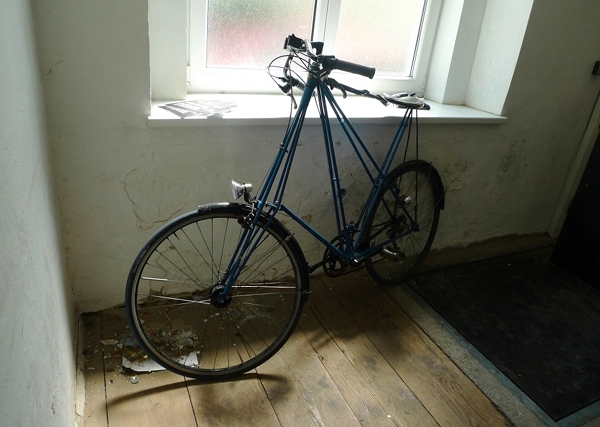
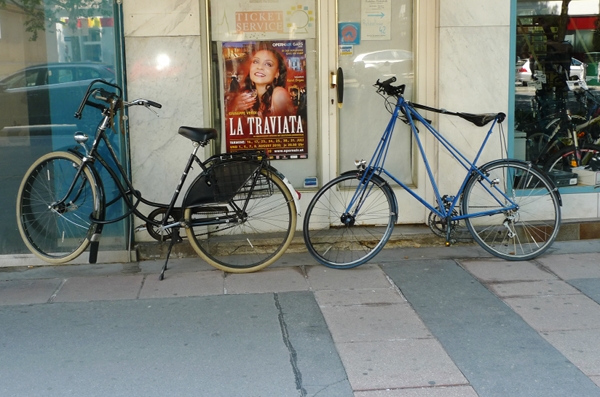


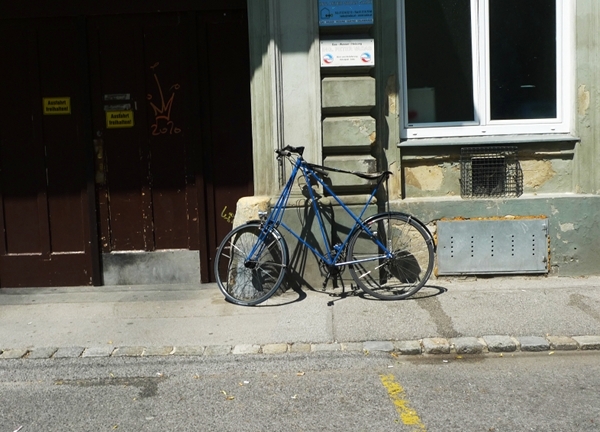




 Because I respect her opinion on bicycle-related matters, Justine's preference for
Because I respect her opinion on bicycle-related matters, Justine's preference for 

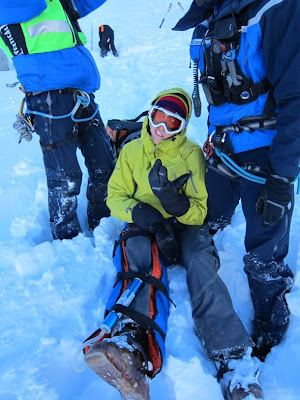
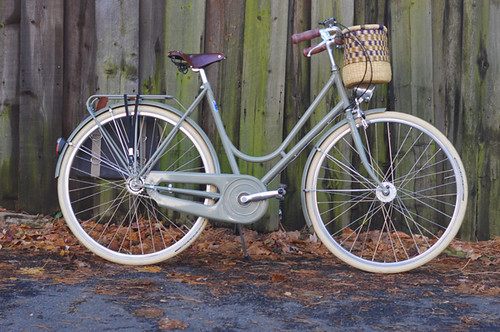
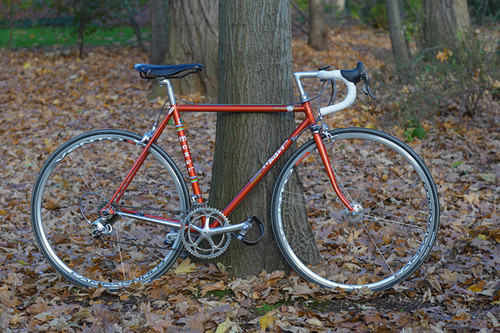
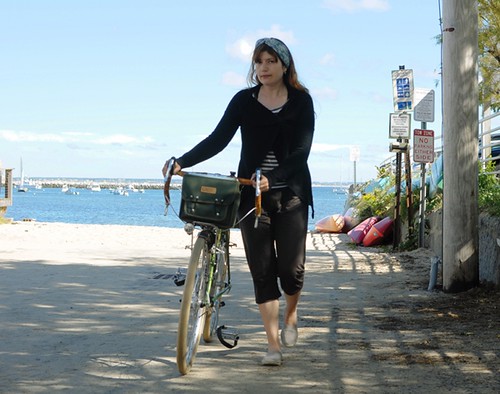
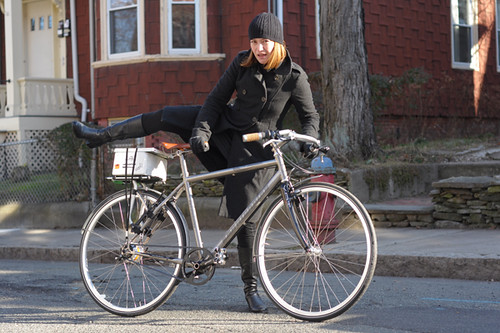


 Steve's glory from the summit (photo by Steve Machuga)
Steve's glory from the summit (photo by Steve Machuga)